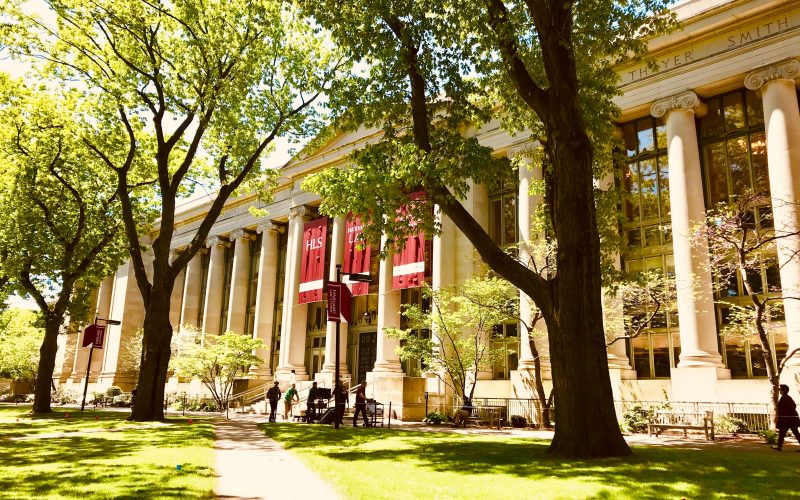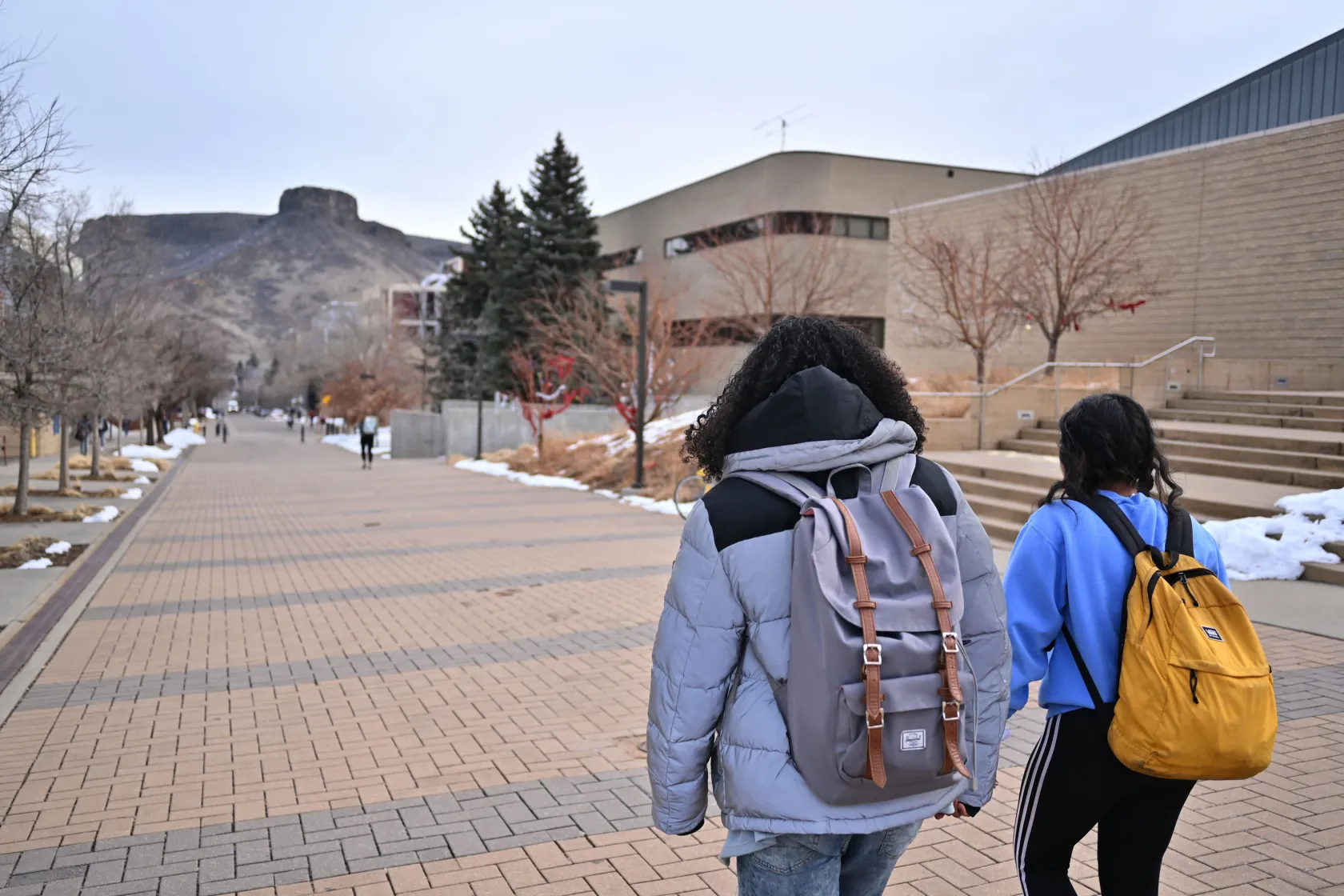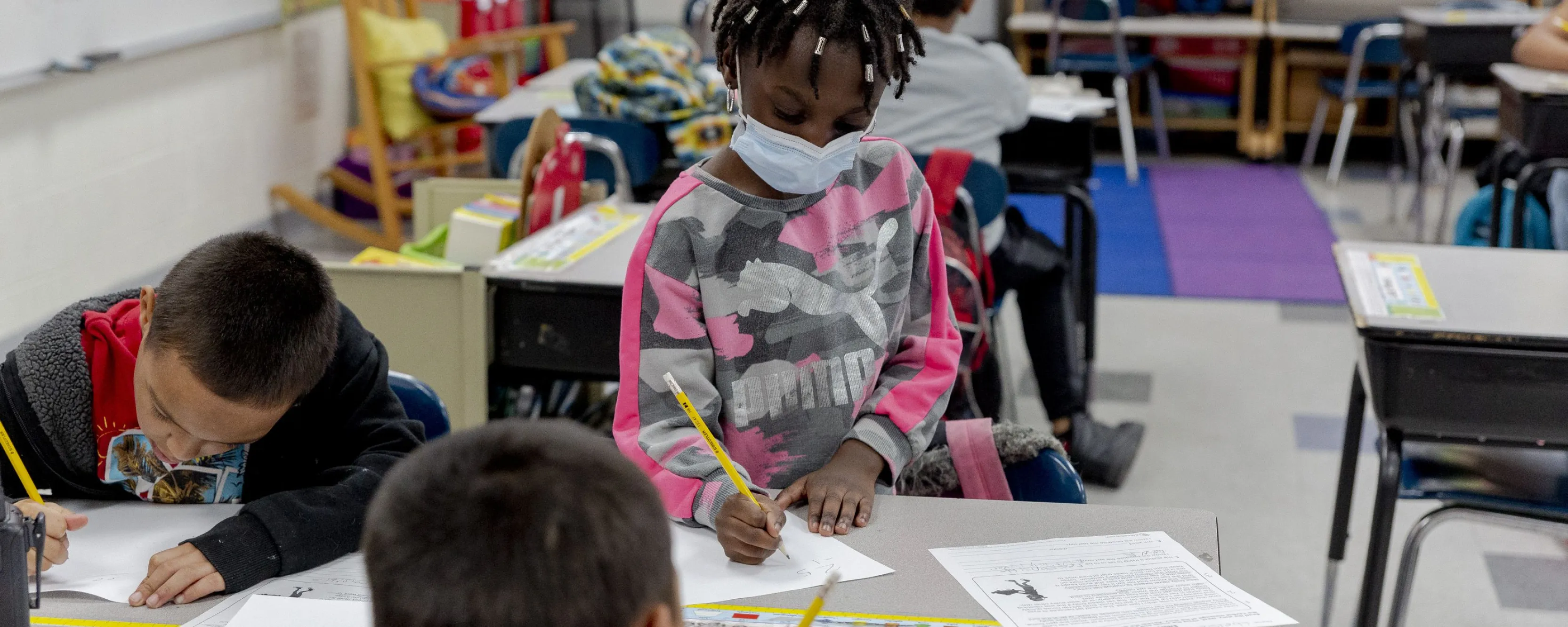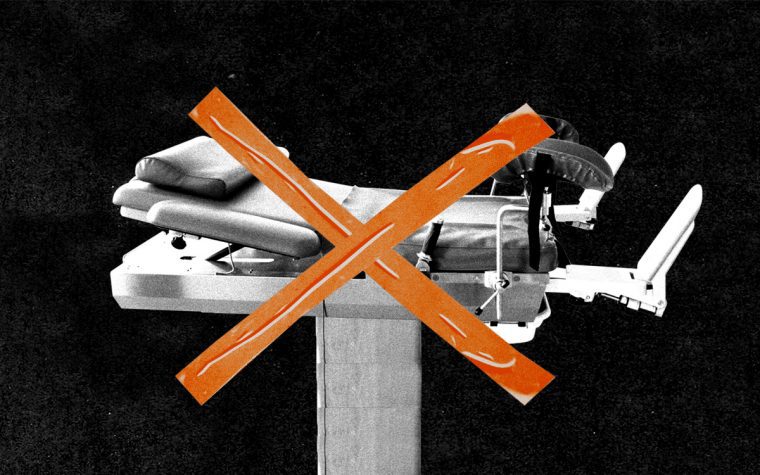You've heard about affirmative action and the recent news. How did it start and how does it impact international students? Open Campus explains it.
The U.S. Supreme Court is expected to rule on the fate of affirmative action in college admissions this June. In the meantime, Illinois colleges are considering how to maintain equity and diversity in admissions without it.
Anthony Chen, an associate professor of sociology at Northwestern University who is working on a book about the history of affirmative action in higher education, visited college archives across the country to understand how we arrived at this moment. WBEZ higher education reporter Lisa Philip spoke with Chen about his findings.
Many people are predicting we could see the end of affirmative action in college admissions with the court’s ruling this June. Tell me about the spark in the early 1960s that led to early affirmative action policies at colleges and universities.
The year that we like to say marks the start of affirmative action is 1963. That was a big year in the civil rights movement. It was the year of the March on Washington. And it was the year that the church in Birmingham was bombed and four little girls were killed.
A lot of these men who were in charge of institutions like [the universities of] Michigan or Washington or Cornell, their consciences were pricked by what they saw going on in the streets of Birmingham and on the steps of the Lincoln Memorial. These men took a look at their own schools, and they realized that their schools were nearly as segregated as Ole Miss or Alabama. And it worried them.
There were no discriminatory laws on the books in states like Washington or Michigan. And yet there were so few Black students on campus. So the men at these institutions decided to begin exploring new ways of thinking about academic merit in order to bring African American students on campus.
How do those initial affirmative action policies compare to today’s policies?
The first wave of affirmative action lasted from 1963 to 1965 … And what they often entailed was someone from the admission staff making a visit to a nearby city, to predominantly Black or Latino high schools … to encourage students at those predominantly minority schools to apply to places like UCLA and Michigan and Cornell, where they hadn’t really been applying before.
If the test scores of the applicants weren’t exactly at the level of other applicants, that was given special consideration, because LA and Detroit and New York City were pretty segregated … And the educational opportunities that minority students were getting were not quite the same. And these administrators wanted to give some special consideration to admitting students if they showed other evidence of being academically capable.
Were quotas ever involved?
One of the stronger forms of affirmative action that took root during the second wave [in the 1970s] were set aside programs. These are programs where, if you’re going to admit 100 students to your class in a given year, you set aside a specified number of them for minority students.
Those kinds of programs were invalidated by the Supreme Court in 1978. And they have never been validated since. They are unconstitutional.
What’s at stake in the Harvard and UNC cases [before the Supreme Court] is a much more modest program called holistic review, where students are all part of a common pool. Their applications are examined individually … and race is considered as one of many different factors that can add value to their application.
How and why are Asian Americans factoring into the current cases?
Affirmative action has been in the courts for years, and all the plaintiffs up until now have been white. None of those plaintiffs have really prevailed, although they have succeeded in curtailing the scope of affirmative action. But they haven’t succeeded in getting rid of it.
Asian Americans are often regarded as a model minority in the United States. They’re regarded as a member of a minority group that works hard and keeps its nose clean and plays by the rules — people who really should benefit from the meritocratic system that we have in the United States. And so it’s quite ideologically appealing to have them be plaintiffs in a case because it seems like such a great offense to have model minorities have their opportunities restricted by affirmative action.
There have been many legal challenges and affirmative action also has been the target of political campaigns. Why is that?
Few issues really pique the interest of suburban homeowners like the issue of college admissions. A lot of Americans who are living in the suburbs dream of sending their kids to the best college or university they can get into. And so the thought that their kids might not get a fair shake for whatever reason really riles them up.
A lot of Republicans seeking office figured this out starting in the 70s, but also in the decades thereafter. And that’s one of the reasons why it’s remained so high on the political agenda ever since.
The orignial artical appeared on Open Campus



